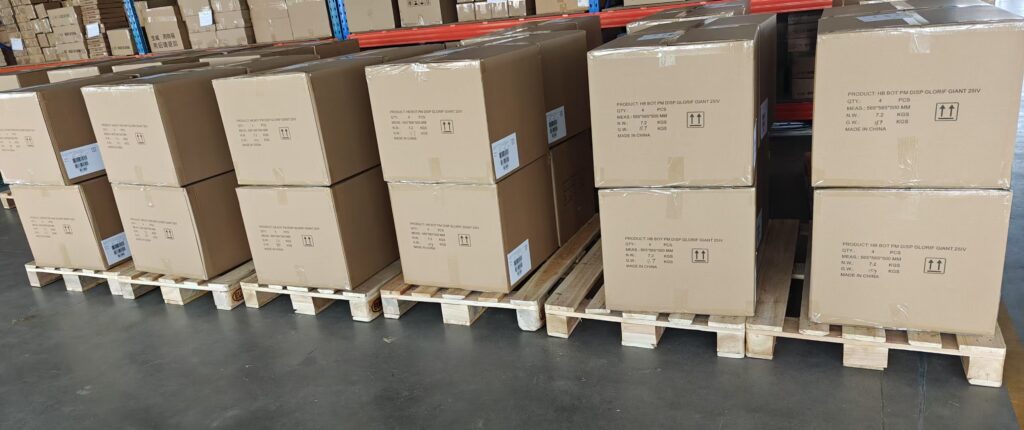Ensuring Safe and Compliant Shipments for Your Display Units
By Yan Luo | Samtop Display
Managing international shipping costs for display units requires more than just paying freight charges. Insurance, customs duties, handling fees, and hidden costs all impact your logistics budget. At Samtop, we help brands plan smarter, ensuring safe, compliant, and cost-efficient deliveries worldwide.
At Samtop, we help brands navigate international shipping complexities, ensuring transparency and cost-efficiency in their procurement process.

🌍 Key Packaging Considerations for International Display Shipments
"Why are my international shipping costs so high?"
When shipping display units internationally, you may be shocked by how fast the costs add up. Freight charges, customs duties, packaging fees, and insurance all contribute to the overall shipping bill. This can leave you wondering how to keep your costs low while ensuring your display units arrive in perfect condition.
Imagine this: You’ve paid for your display units, handled the negotiations, and even organized your order, but when it comes time for shipment, the costs shoot up unexpectedly. Late shipments, damaged goods, and excessive fees are common issues that many businesses face when dealing with international logistics. Without a deep understanding of all the potential costs involved, it’s easy to lose control of your logistics budget.
Here’s the good news: By understanding and planning for all the factors that contribute to international shipping costs, you can optimize your logistics strategy. With the right packaging, proper labeling, and careful selection of freight options, you can manage your shipping expenses and avoid unnecessary surprises. Samtop offers expert guidance to ensure your shipments are safe, compliant, and efficient—while keeping your costs down.
💰 How to Cut Down on International Shipping Costs for Display Units
Here’s a breakdown of the major costs involved in shipping display units internationally, and tips on how to keep them under control.
1. Freight Charges
Freight charges are the biggest part of international shipping costs for display units. But did you know that how much you pay for freight can vary greatly depending on the method of transport? Whether by air, sea, or land, the cost depends on the weight, size, and volume of your shipment.
Types of Freight:
- Air Freight: Ideal for time-sensitive deliveries, but it’s faster and comes at a higher cost.
- Sea Freight: Much more cost-effective for larger shipments but slower. Ideal for bulk display units.
- Land Freight: Used primarily for neighboring countries, more economical for short distances.
How Freight Charges Are Calculated:
- Air Freight: Charges based on weight (e.g., $5 per kg for a 10 kg unit = $50).
- Sea Freight: Based on volume (e.g., $1,000 for a 20 CBM container, so $50 per CBM).
2. Insurance Costs
👉 Insurance is another factor that adds to international shipping costs for display units. Especially with fragile display units like glass or sculptures, having insurance is essential.
Types of Insurance:
- Cargo Insurance: Covers damages or loss during transit.
- Marine Insurance: Primarily for sea freight but can also cover air or land transport.
How to Calculate Insurance:
- Insurance rates typically range from 0.5% to 2% of the declared value of the goods.
3. Customs Duties and Taxes
👉 Customs duties significantly affect international shipping costs for display units in both France and the USA. These duties vary by country, item type, and value. Along with this, you’ll need to factor in VAT or Sales Tax in some markets.
Cost Breakdown Example:
- Product Value: $5,000
- Customs Duty Rate: 10% ($500)
- VAT Rate: 20% ($1,200)
Total cost of importation = $5,000 (goods) + $1,000 (shipping) + $500 (customs duty) + $1,200 (VAT) = $7,700


